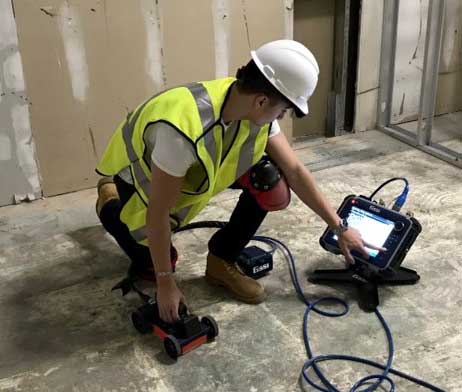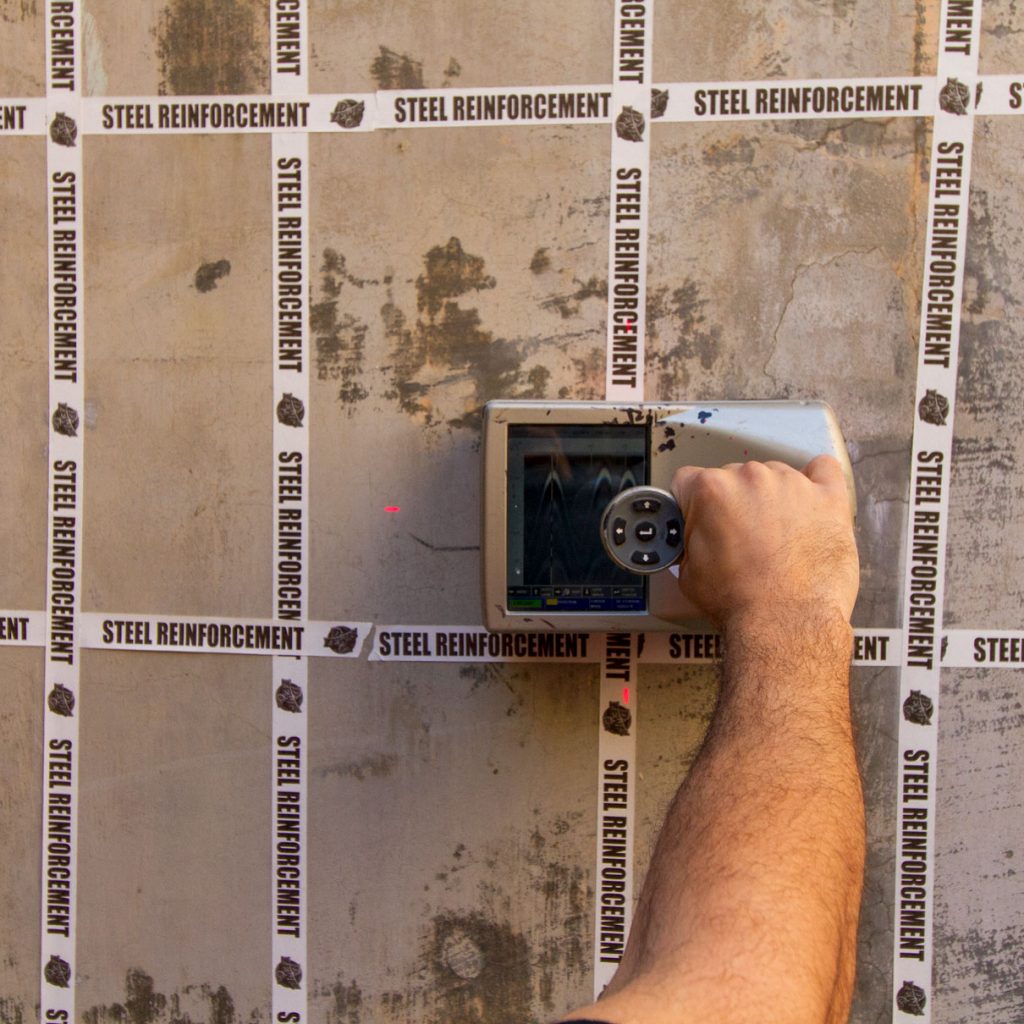Nationwide RainierGPR Service Areas for Advanced Concrete Scanning
Concrete Scanning: A Crucial Step In The Direction Of Making Certain Structural Honesty and Safety
In the realm of building and construction and facilities upkeep, the relevance of concrete scanning can not be overemphasized. By employing innovative innovation and methods, concrete scanning serves as an essential tool in making certain that the stability and safety of structures and bridges are maintained to the greatest standards.
Significance of Concrete Scanning
Concrete scanning plays an important duty in ensuring the architectural integrity and safety and security of buildings and facilities tasks. By making use of sophisticated innovations such as ground-penetrating radar (GPR) and electro-magnetic induction, specialists can non-destructively inspect concrete frameworks to spot possible problems, gaps, ingrained things, and support format. This procedure enables early discovery of abnormalities that might jeopardize the stability of a framework, stopping expensive damages and making certain the safety and security of owners.
Concrete scanning is particularly essential throughout the planning and building and construction phases of a task. Prior to exploration, cutting, or coring into concrete, scanning aids recognize the accurate areas of rebar, post-tension cords, and other embedded elements, decreasing the threat of unintended hits that could bring about architectural weak points. In addition, concrete scanning aids in quality assurance by verifying the thickness of concrete covers and discovering any type of discrepancies that may affect the overall durability of the structure. Inevitably, buying concrete scanning services is not only a proactive procedure to alleviate dangers however additionally a basic action towards maintaining the long-lasting security and stability of structures and facilities.
Innovation for Concrete Evaluation

Advantages of Very Early Discovery
Timely discovery of structural concerns can considerably reduce threats and guarantee the long life of construction tasks. By identifying potential troubles at an early stage in the building and construction procedure, stakeholders can take aggressive actions to attend to concerns before they escalate into larger and extra pricey issues. Among the vital advantages of very early discovery is the prevention of structural failures, which can present severe safety threats and result in other project delays and monetary losses.
Moreover, early discovery enables timely fixings and maintenance, which can assist prolong the life expectancy of the structure. By addressing problems promptly, building and construction teams can avoid pricey repair services and even the demand for early replacement of structural elements. This aggressive strategy not only saves money and time however additionally improves the total security and sturdiness of the building and construction project.
In addition, early detection can enhance project planning and decision-making by giving stakeholders with valuable understandings right into the condition of the structure. Equipped with this information, task supervisors can make educated options regarding building and construction timelines, methods, and products, causing extra efficient and successful job outcomes.
Guaranteeing Architectural Stability
Making sure the structural security of a construction project is critical to its security and longevity. Concrete scanning plays an essential duty in ensuring architectural stability by spotting possible concerns such as spaces, delamination, or support rust that might compromise the stability of the structure over time.
By using innovative scanning technologies like ground-penetrating radar (GPR) and electromagnetic induction, building experts can non-invasively check concrete frameworks to identify areas of issue under the surface area. This proactive method enables the early discovery of flaws or weaknesses, enabling prompt repairs or support to avoid structural failures.
Routine concrete scanning during different building stages and throughout the life cycle of a framework can aid preserve its stability, mitigate risks, and make sure the security of residents. By prioritizing architectural security via concrete scanning, building tasks can improve their resilience and longevity, inevitably adding to better safety and long life.

Protecting Against Critical Failings
Implementing routine examinations, such as concrete scanning, can reveal covert issues like spaces, splits, or deterioration that might endanger the stability of a structure. By utilizing advanced scanning innovations like Ground Penetrating Radar (GPR) or why not look here Concrete X-ray, engineers can non-destructively analyze the problem of concrete and recognize weak factors that call for reinforcement or repair work.

Final Thought
To conclude, concrete scanning plays a critical role in guaranteeing architectural integrity and security by using innovative technology for early discovery of possible concerns. This aggressive technique helps prevent critical failures and ensures the stability of structures. It is important to focus article source on concrete evaluation as a standard method to shield the longevity and security of buildings and facilities.
Concrete scanning plays a critical function in making sure the architectural integrity and safety and security of structures and framework projects. Furthermore, concrete scanning aids in quality control by validating the thickness of concrete covers and identifying any kind of disparities that may impact the general resilience of the framework. Concrete scanning plays an essential role in making certain structural security by spotting potential concerns such as voids, delamination, or support rust that could compromise the stability of the framework over time.

In verdict, concrete scanning plays an important role in making certain architectural stability and security by making use of sophisticated technology for very early discovery of potential problems.